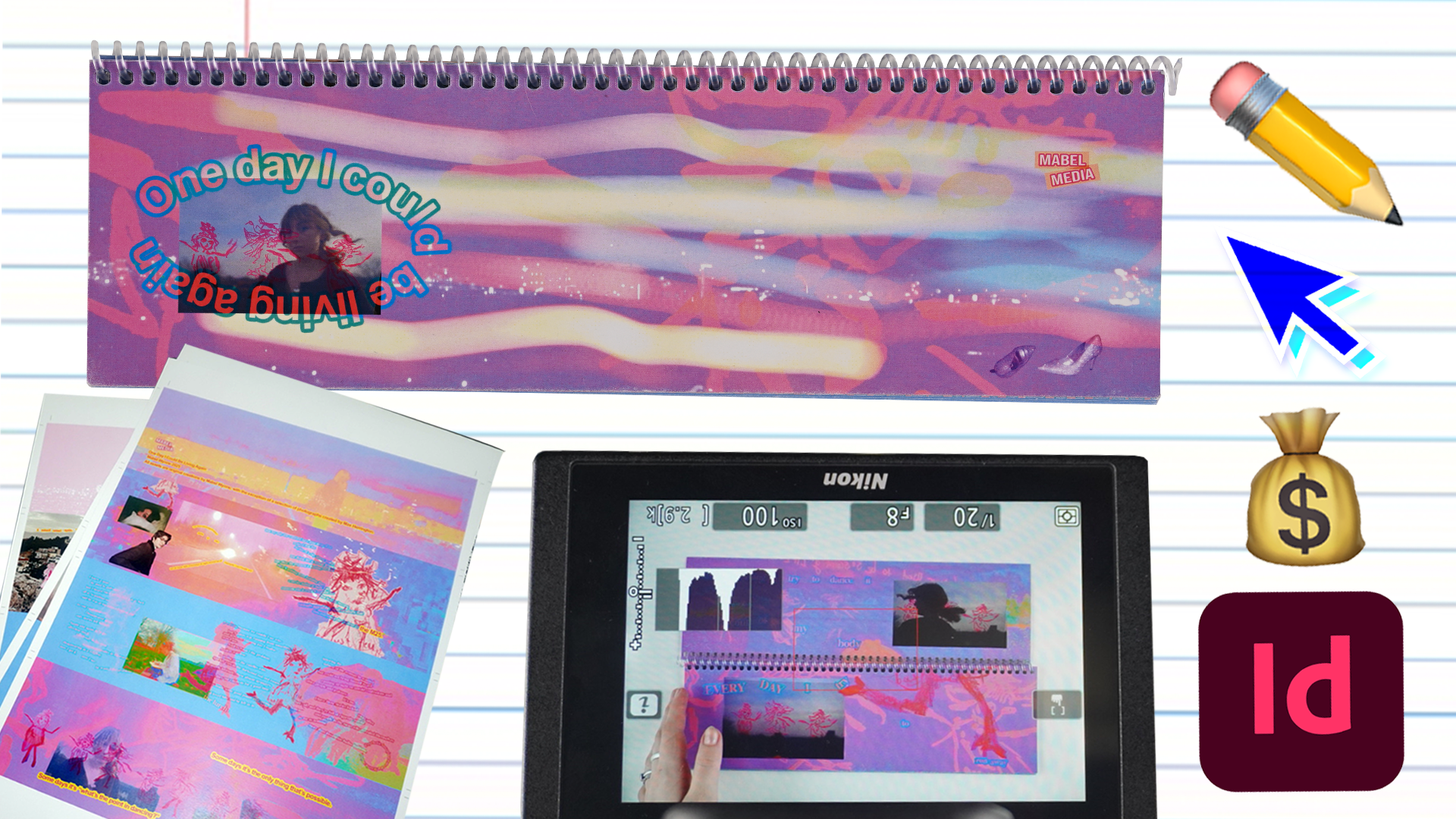Microsoft 365 security in the spotlight after Washington Post hack
When you purchase through links on our site, we may earn an affiliate commission. Here’s how it works.
Microsoft 365 security in the spotlight after Washington Post hack
Paul Hill
Neowin
@ziks_99 ·
Jun 16, 2025 03:36 EDT
The Washington Post has come under cyberattack which saw Microsoft email accounts of several journalists get compromised. The attack, which was discovered last Thursday, is believed to have been conducted by a foreign government due to the topics the journalists cover, including national security, economic policy, and China. Following the hack, the passwords on the affected accounts were reset to prevent access.
The fact that a Microsoft work email account was potentially hacked strongly suggests The Washington Post utilizes Microsoft 365, which makes us question the security of Microsoft’s widely used enterprise services. Given that Microsoft 365 is very popular, it is a hot target for attackers.
Microsoft's enterprise security offerings and challenges
As the investigation into the cyberattack is still ongoing, just how attackers gained access to the accounts of the journalists is unknown, however, Microsoft 365 does have multiple layers of protection that ought to keep journalists safe.
One of the security tools is Microsoft Defender for Office 365. If the hackers tried to gain access with malicious links, Defender provides protection against any malicious attachments, links, or email-based phishing attempts with the Advanced Threat Protection feature. Defender also helps to protect against malware that could be used to target journalists at The Washington Post.
Another security measure in place is Entra ID which helps enterprises defend against identity-based attacks. Some key features of Entra ID include multi-factor authentication which protects accounts even if a password is compromised, and there are granular access policies that help to limit logins from outside certain locations, unknown devices, or limit which apps can be used.
While Microsoft does offer plenty of security technologies with M365, hacks can still take place due to misconfiguration, user-error, or through the exploitation of zero-day vulnerabilities. Essentially, it requires efforts from both Microsoft and the customer to maintain security.
Lessons for organizations using Microsoft 365
The incident over at The Washington Post serves as a stark reminder that all organizations, not just news organizations, should audit and strengthen their security setups. Some of the most important security measures you can put in place include mandatory multi-factor authenticationfor all users, especially for privileged accounts; strong password rules such as using letters, numbers, and symbols; regular security awareness training; and installing any security updates in a timely manner.
Many of the cyberattacks that we learn about from companies like Microsoft involve hackers taking advantage of the human in the equation, such as being tricked into sharing passwords or sharing sensitive information due to trickery on behalf of the hackers. This highlights that employee training is crucial in protecting systems and that Microsoft’s technologies, as advanced as they are, can’t mitigate all attacks 100 percent of the time.
Tags
Report a problem with article
Follow @NeowinFeed
#microsoft #security #spotlight #after #washingtonMicrosoft 365 security in the spotlight after Washington Post hack
When you purchase through links on our site, we may earn an affiliate commission. Here’s how it works.
Microsoft 365 security in the spotlight after Washington Post hack
Paul Hill
Neowin
@ziks_99 ·
Jun 16, 2025 03:36 EDT
The Washington Post has come under cyberattack which saw Microsoft email accounts of several journalists get compromised. The attack, which was discovered last Thursday, is believed to have been conducted by a foreign government due to the topics the journalists cover, including national security, economic policy, and China. Following the hack, the passwords on the affected accounts were reset to prevent access.
The fact that a Microsoft work email account was potentially hacked strongly suggests The Washington Post utilizes Microsoft 365, which makes us question the security of Microsoft’s widely used enterprise services. Given that Microsoft 365 is very popular, it is a hot target for attackers.
Microsoft's enterprise security offerings and challenges
As the investigation into the cyberattack is still ongoing, just how attackers gained access to the accounts of the journalists is unknown, however, Microsoft 365 does have multiple layers of protection that ought to keep journalists safe.
One of the security tools is Microsoft Defender for Office 365. If the hackers tried to gain access with malicious links, Defender provides protection against any malicious attachments, links, or email-based phishing attempts with the Advanced Threat Protection feature. Defender also helps to protect against malware that could be used to target journalists at The Washington Post.
Another security measure in place is Entra ID which helps enterprises defend against identity-based attacks. Some key features of Entra ID include multi-factor authentication which protects accounts even if a password is compromised, and there are granular access policies that help to limit logins from outside certain locations, unknown devices, or limit which apps can be used.
While Microsoft does offer plenty of security technologies with M365, hacks can still take place due to misconfiguration, user-error, or through the exploitation of zero-day vulnerabilities. Essentially, it requires efforts from both Microsoft and the customer to maintain security.
Lessons for organizations using Microsoft 365
The incident over at The Washington Post serves as a stark reminder that all organizations, not just news organizations, should audit and strengthen their security setups. Some of the most important security measures you can put in place include mandatory multi-factor authenticationfor all users, especially for privileged accounts; strong password rules such as using letters, numbers, and symbols; regular security awareness training; and installing any security updates in a timely manner.
Many of the cyberattacks that we learn about from companies like Microsoft involve hackers taking advantage of the human in the equation, such as being tricked into sharing passwords or sharing sensitive information due to trickery on behalf of the hackers. This highlights that employee training is crucial in protecting systems and that Microsoft’s technologies, as advanced as they are, can’t mitigate all attacks 100 percent of the time.
Tags
Report a problem with article
Follow @NeowinFeed
#microsoft #security #spotlight #after #washington













